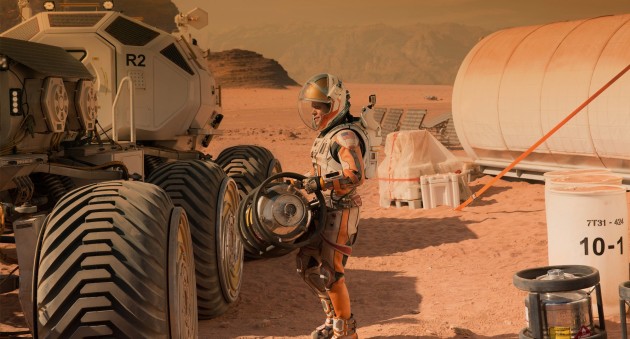
Scientists often talk about the journey to Mars in terms of technology. Do we possess the advancements capable of shuttling humans to Mars? The real question should be: Would humans even survive the journey?
A study recently published in New Scientist, written by the U.S. National Academies of Sciences, Engineering, and Medicine, ponders how isolation, radiation, and other dangers could adversely effect travelers on their way to Mars. The findings aren’t particularly positive.
“Two of the most critical issues are the radiation exposure beyond low Earth orbit and the psychosocial effects of confinement and isolation,” said Carol Scott-Conner, chair of the report’s committee. These factors could prove to be “showstoppers,” according to Scott-Conner.
There’s a colloquial term related to Scott-Conner’s findings: Cabin fever, which describes the claustrophobic reaction people suffer when a person of group of people is stuck in an isolated location. People who work on submarines often suffer these reactions.
When stuck on a spaceship traveling to Mars, which could take as long as six months, you can imagine how all of these conditions might combine to cause astronauts to go mad, or worse.
Astronauts have spent time in space for longer
While all of these factors could contribute to a nightmare journey, NASA has been actively testing the effects of longterm space travel. In 2016, astronaut Scott Kelly safely returned to Earth after 340 days aboard the International Space Station, and subsequent studies have revealed the toll low gravity has on people.
It’s difficult to predict how astronauts might react mentally to a trip to Mars, but there are certainly concerns.
NASA is hoping to shuttle people to Mars as early as the 2030s, according to the latest report.














